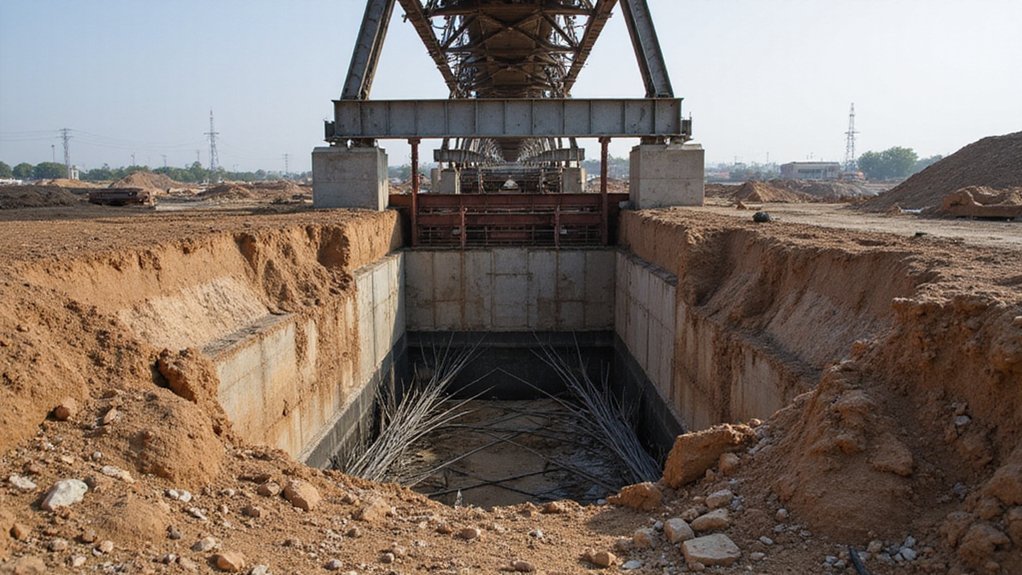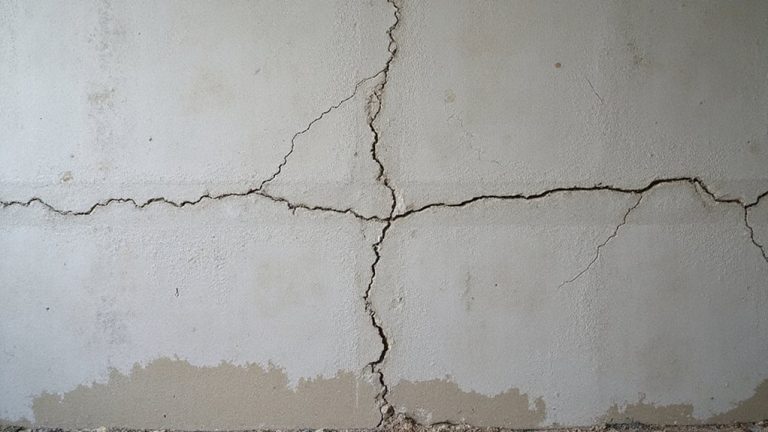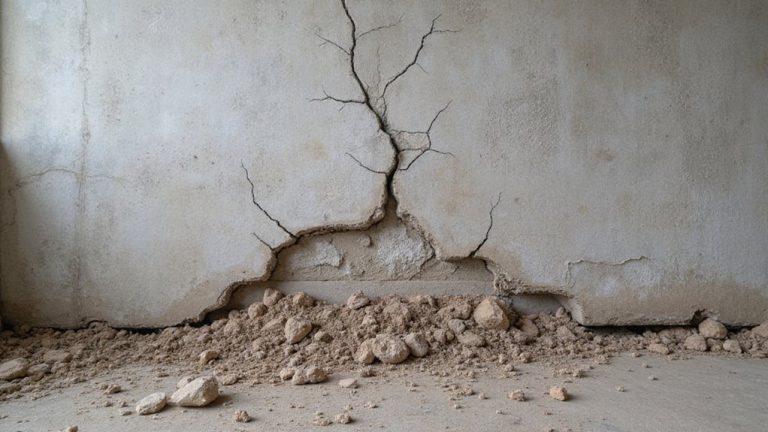Are you dealing with a problematic foundation? Don’t worry – foundation piering could be the solution you need. This specialized technique stabilizes your home by anchoring the foundation to more reliable soil or bedrock. It’s an effective way to address issues like settling, heaving, and structural damage. You might be surprised by how this process works and the benefits it can provide. Let’s explore the details to see if it’s the right fix for your home.
Understanding Foundation Piering
If you’re facing foundation issues with your home, it’s important to understand the role of foundation piering.
Foundation piering is a technique used to stabilize a home’s foundation by driving steel or concrete piers deep into the soil. This helps counteract issues caused by poor soil composition or water table fluctuations, which can lead to foundation settling or heaving.
In Cleveland, OH, foundation contractors specialize in addressing foundation repair services for homes experiencing structural challenges like cracking, bowing walls, and uneven floors.
The Importance of Soil Stability
Proper soil stability is paramount when addressing foundation issues, as it directly impacts the effectiveness of foundation piering. Comprehending the soil composition and groundwater levels at your property is vital.
Soil that’s too soft or unstable can cause the foundation to sink, crack, or shift over time, leading to costly repairs.
High groundwater levels can erode the soil and undermine the foundation’s support system.
Proper soil testing and analysis can help determine the best foundation piering solution for your home, ensuring long-term stability and protection.
Sinking foundation repair services are critical for addressing underlying soil instability and preventing further structural damage.
The Role of Deep Foundation Piers
Deep foundation piers can play an essential role in addressing soil stability issues and providing a stable foundation for your home. These piers are driven or drilled deep into the ground, often through poor soil conditions, until they reach more stable, load-bearing soil or bedrock.
This helps compensate for challenges like soft, expansive, or compressible soils, as well as impacts from groundwater. By anchoring your home’s foundation to these deeper, more reliable strata, deep piers can considerably improve the long-term stability and safety of your property, even in areas with problematic soil composition or groundwater impacts.
Common Materials Used in Foundation Piering
When it comes to foundation piering, there are several common materials used to provide a stable and durable solution. Concrete pier materials are a popular choice, offering exceptional strength and durability. Steel reinforcement components, such as rods or mesh, are often incorporated into the concrete to bolster its structural integrity.
Additionally, helical piers, made of steel, can be screwed directly into the ground, providing a reliable and adjustable foundation support system.
The Installation Process for Foundation Piers
While the materials used for foundation piering are essential, the installation process itself is equally important in guaranteeing the long-term stability and effectiveness of your home’s foundation. Professional pier drilling techniques, such as hydraulic or rotary drilling, are used to create exact holes for the piers.
Proper pier placement is indispensable, as piers must be positioned at the correct depth and spacing to effectively support the structure. This thorough process ensures that your foundation is reinforced and able to withstand the test of time, giving you peace of mind in your home.
Addressing Soil-Related Structural Issues
Addressing soil-related structural issues begins with identifying the underlying cause. There are a few key steps to address these problems:
- Perform a thorough soil analysis to determine the soil composition, moisture levels, and potential instability.
- Investigate structural reinforcement options, such as foundation piering, to provide additional support and stabilize the structure.
- Work with a professional to develop a customized solution that addresses the specific soil-related issues affecting your home or building.
Ensuring Long-Term Property Stability
Ensuring the long-term stability of your property is paramount, as it safeguards your investment and provides peace of mind. Proper drainage considerations are vital, as they help mitigate the effects of seasonal moisture changes.
By addressing these factors, you can protect your home’s foundation and prevent costly repairs down the line. Foundation piering, a proven technique, offers a reliable solution to stabilize your property, ensuring its structural integrity for years to come.
With the right approach, you can enjoy the comfort and security of a stable home, free from the worries of foundation issues.
Benefits of Foundation Piering
Foundation piering is a highly effective solution that can dramatically improve the long-term stability of your property. By installing sturdy piers that reach deep into the ground, you can enjoy several key benefits:
- Improved property value: Foundation piering bolsters the structural integrity of your home, making it more attractive to potential buyers and increasing its overall market value.
- Enhanced home safety: With a stable foundation, you can have peace of mind knowing that your home is less susceptible to damage from shifting soil or other environmental factors, keeping your family safe.
- Long-lasting durability: Foundation piering provides a powerful and reliable support system that can withstand the test of time, ensuring the longevity of your property.
Frequently Asked Questions
Can Foundation Piering Be Done in Winter?
Yes, foundation piering can be done in winter, though soil conditions and weather considerations require extra care. Proper planning guarantees your project’s success despite the challenges of colder months.
How Much Does Foundation Piering Typically Cost?
The average cost of foundation piering is $50-$100 per linear foot. Cost factors to ponder include soil conditions, depth required, and accessibility. It’s an investment that can stabilize your home and provide peace of mind.
How Long Does the Foundation Piering Process Take?
The foundation piering process typically takes several days to a few weeks, depending on the seasonal weather conditions and soil inspection requirements. The timeline can vary based on the size and complexity of the project.
Can Foundation Piering Be Used for Existing Structures?
Yes, foundation piering can be used for existing structures. A structural integrity assessment and soil condition evaluation will determine if piering is needed to restore or strengthen the foundation’s stability. It’s a common solution for homeowners seeking to safeguard their property’s future.
Is Foundation Piering Necessary for All Types of Soil?
Foundation piering isn’t always necessary – it depends on your soil type and ground water table levels. Some soils may not require piering, but it’s best to consult a professional to safeguard your home’s stability.



